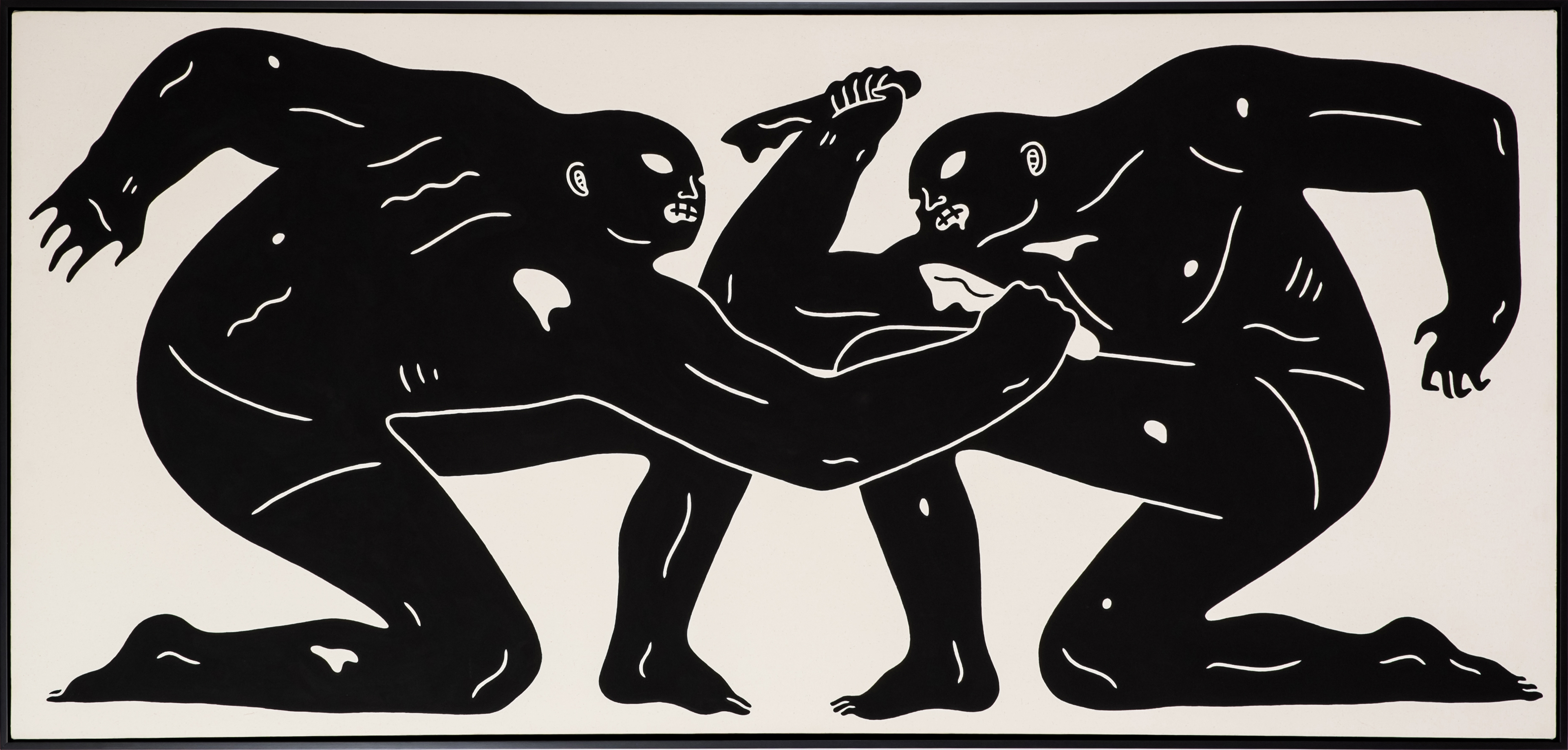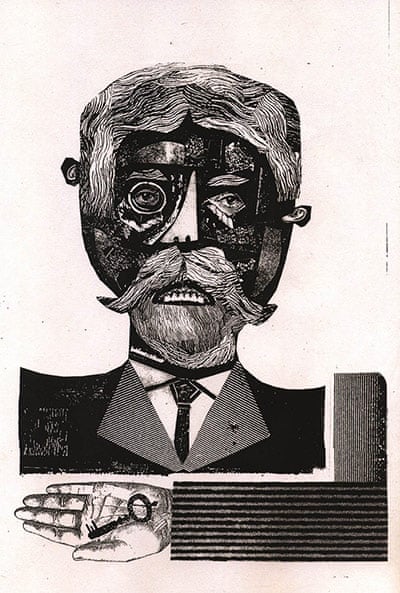I See Faces: Initial Thoughts
The first thing that struck me with this module was the fact that, despite being brief driven, there seems to be scope for a high level of freedom and autonomy in how we choose to answer them. I particularly interested in how, due to not having to get bogged down in conceptual thinking which I think at times confused my last project, we have the opportunity to expand and develop our own visual language and aesthetic.
With this in mind I am really excited to start this brief as it will allow me to exhaustively explore the idea of 'character' within my work something that I have a strong interest in but, up to this point don't think I've explored in enough depth.
What makes a good character?
When considering character the first thing that struck me was how , although there is no right or wrong way of tackling it, simpler character seem to have much more of an impact. This is due to how, in Scott Mcloud's words, when you abstract an image by cartoon you focus in on specific details which allows you to amplify the meaning of an image in a way that more realistic images can't as is the case with the often highly philosophical work of James Jarvis where by he uses incredibly simply characters and images to convey highly complex ideas. This also allows us to question exactly we need/don't need to include to represent a face or figure as is demonstrated in the work on faces by Bruno Munari.
Bruno Munari James Javis
In trying to answer this brief I will also have to bear in mind the importance of charm and personality and how powerful this can be in speaking to a viewer. Eleni's work is a perfect example of this as I feel there is a certain level of both innocence and anxiousness in much of her character that is very immediate and enduring.
Eleni Kalorkoti
Most importantly though is my need to consider what sort of imagery and characters I myself want to make. As mentioned before the lack of emphasis this brief puts on concept will allow me to be a lot more free and question what I want achieve through the use of character. I definitely want to focus on trying to make weird/far out characters and at times ones of a darker nature.
With this in mind the work of both Cleon Peterson and Michael Deforge resonates strongly with what I want to achieve. Peterson's work is very dark, depicting scenes of violence, greed and corruption. However it is his bold simple use of character that I am drawn to and that, despite this lack of detail, there is an incredibly high amount of movement and energy within his work.
Deforge's work on the other hand is a lot more whimsical and just plain bonkers at time. He has a vast array of characters all of which seem to have bizarre back stories that reflect their strange appearances.

Cleon Peterson
Michael Deforge










